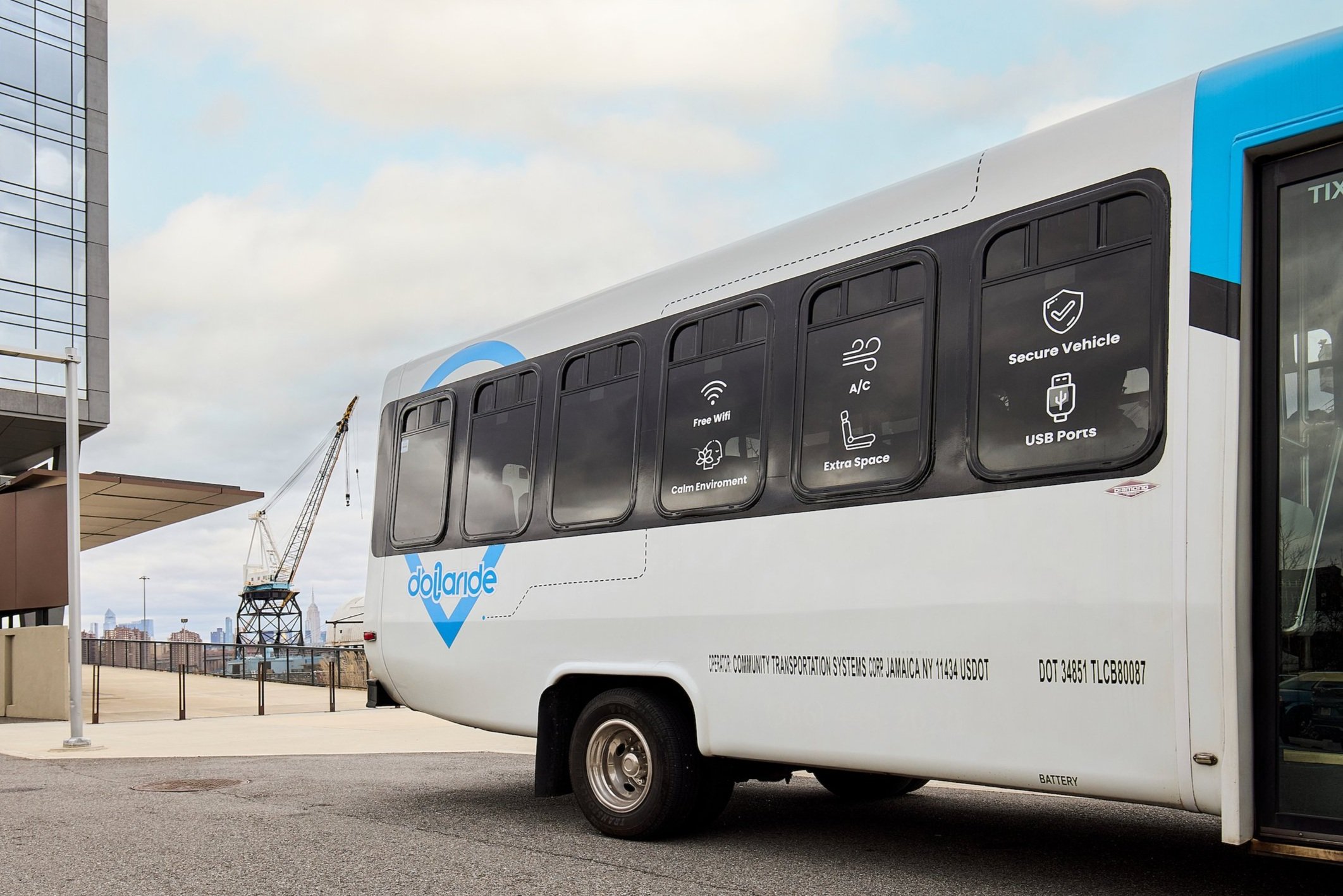The transition from internal combustion engine (ICE) vehicles to electric vehicles (EVs) represents a significant opportunity for shuttle operators to enhance their operations, reduce costs, and contribute to a more sustainable future. However, navigating this transition can be complex, requiring careful planning and strategic decision-making. This guide provides practical tips and insights to help shuttle operators successfully switch to EVs, leveraging the resources and support available through programs like the Clean Transportation Access Program (CTAP).
Assessing Your Fleet and Needs
Start by evaluating your current fleet. Identify the vehicles that are due for replacement or those that incur high maintenance and fuel costs. Determine the total number of vehicles that can be feasibly replaced with EVs in the short and long term. CTAP offers personalized fleet evaluation services to help you identify the best vehicles for your needs.
Consider your operational requirements, such as range, passenger capacity, and route characteristics. Choose EV models that meet these needs. For instance, the CTAP program gives operators access to shuttles that meet the needs of urban routes on a single charge.
Financial Planning and Support
While the upfront cost of EVs can be higher than ICE vehicles, financial support from programs like CTAP can significantly reduce this burden. CTAP offers various financing solutions and government subsidies to make the transition more affordable.
Calculate the total cost of ownership (TCO) for EVs versus ICE vehicles. Include factors such as fuel savings, maintenance costs, insurance premiums, and potential incentives. EVs typically have lower operating costs, leading to substantial savings over time. Check out our article comparing EV vs. ICE vehicle costs through CTAP.
Building Charging Infrastructure
Identify the type and number of chargers needed for your fleet. Level 2 chargers are suitable for overnight charging, while DC fast chargers are ideal for quick turnaround times during the day. Dollaride’s CTAP program gives operators access to free custom charging solutions depending on their needs.
Leverage partnerships with charging station providers. CTAP collaborates with entities like Revel and other charging networks to provide shuttle operators with access to extensive charging infrastructure.
Training and Maintenance
Train your drivers on the specifics of operating EVs, including efficient driving practices and maximizing battery life. Educated drivers can significantly enhance the performance and longevity of your EV fleet. CTAP provides comprehensive driver training to ensure seamless operations.
Establish maintenance protocols for EVs. While EVs require less maintenance than ICE vehicles, it’s essential to adhere to manufacturer recommendations and schedule regular check-ups to ensure optimal performance. Dollaride’s network of dealer partnerships provide free maintenance and service to shuttle operators.
Utilize telematics systems provided by CTAP to monitor fleet health, battery performance, and driving behavior. Telematics can help identify potential issues early, lower insurance costs, and improve overall fleet management.
Managing the Transition
Consider a phased approach to transitioning your fleet. Start with a small number of EVs to test their performance and integration into your operations. Gradually increase the number of EVs as you gain experience and confidence.
Collect feedback from drivers and passengers during the initial phase of the transition. Use this feedback to make necessary adjustments and improvements to your EV operations.
Communicate the benefits of EVs to your stakeholders, including employees, customers, and partners. Highlight the environmental, economic, and social advantages to garner support and enthusiasm for the transition.
Conclusion
The transition to electric vehicles is a strategic move that can bring substantial benefits to shuttle operators. Programs like CTAP provide invaluable support and resources to make the switch to EVs more accessible and successful. Empower your fleet by starting your EV transition journey today, and contribute to a cleaner, more efficient, and sustainable transportation system.










